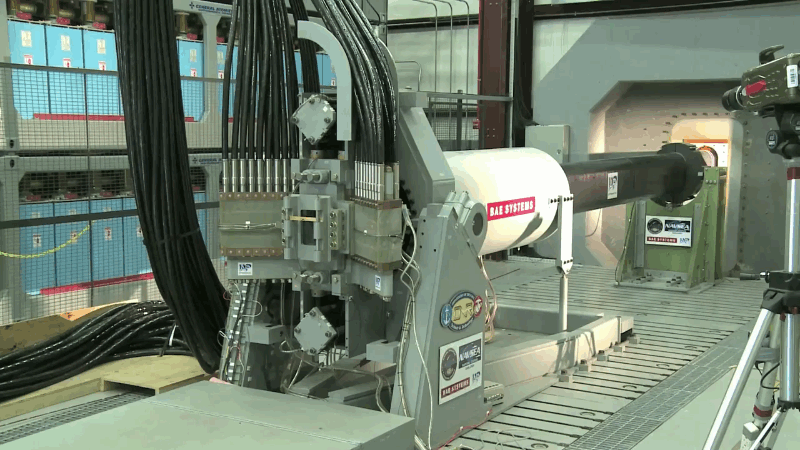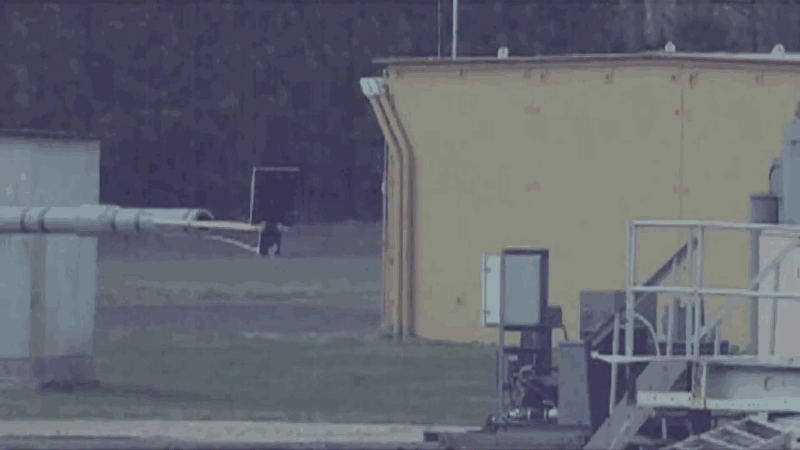The U.S. Navy has been working to create a rail gun prototype at least since 2012.
The rail gun, which uses of electromagnetic forces to power projectiles, has already undergone extensive testing on land. It is being touted as being a game-changer in terms of firepower by Navy researchers.
Military.com, reporting from the Sea-Air-Space Expo currently underway in National Harbor, Maryland, created a video providing the latest information about the new rail gun system, which we have highlighted below.
The rail gun is powered by a flow of electrons through its muzzle, creating a force that accelerates the projectile down the length of the barrel.
Image may be NSFW.
Clik here to view.
The energy creates enough velocity for a projectile launched from the rail gun to reach up to 100 nautical miles in range. The range can be easily adjusted by supplying more or less power to the gun.
Image may be NSFW.
Clik here to view.
Rail guns can generate 32 megajoules of power. This is equivalent to the force of a freight train hitting a wall at 100 miles per hour.
Image may be NSFW.
Clik here to view.
The rail gun's power and range is based solely on the flow of electrons in the muzzle. It does not use rocket motors or propellants.
Image may be NSFW.
Clik here to view.
The cost of using a rail gun is significantly cheaper than using conventional weaponry. The Navy is considering using it for offense, cruise missile defense, and even ballistic missile defense.
Image may be NSFW.
Clik here to view.
You can watch the original Military.com video below.
SEE ALSO: US Navy Develops 'Game-Changer' Technology To Turn Seawater Into Fuel